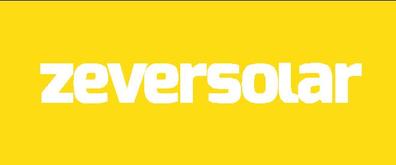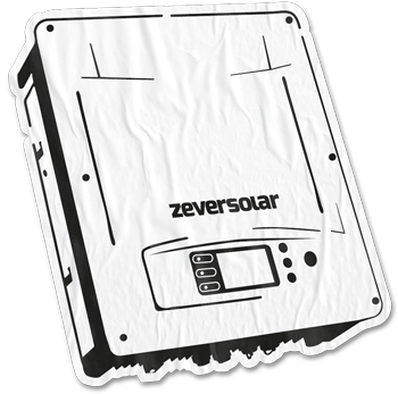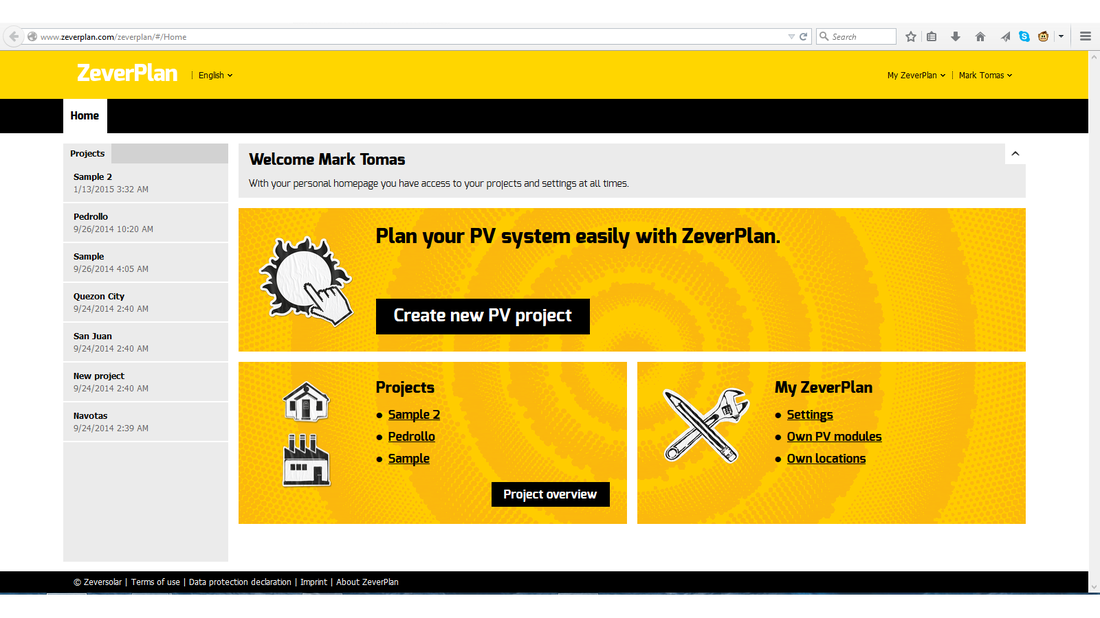Zeversolar Grid-Tied Inverters
Zeversolar is a well established on-grid inverter manufacturer. It is owned by SMA, the global leader in inverter technology. It has more than 500 employees, with 100 employees in R&D, generated 33 million EU in 2012, and sold 390 MW worth of inverters in 2012 alone.
Zeversolar combines the best of two worlds: German quality standards German engineering Market leader Structured, efficient, innovative, standards and norms implemented Excellent service and benchmark setting products Chinese skills Cheap production Technical, high tech productions Flexibility, bring products quickly to the market Willingness to work hard Zeversolar has a great opportunity to own the idea "sun for everybody. simple, effortless, clean, affordable and easy to manage." because Zeversolar combines two ingredients that will help conquer the market position "reliable budget inverters." |
Zeversolar Datasheets
Your browser does not support viewing this document. Click here to download the document.
Your browser does not support viewing this document. Click here to download the document.
Zeverplan
Here is a snapshot of Zeverplan, Zeversolar's version of SMA's Sunny Design. Same simple interface, but advance algorithm for best sizing. It enjoys the same wide database of PV module datasheets database as SMA, making sizing a breeze.
Frequently Asked Questions
Q: What is a solar panel and what does it do?
A: A solar panel or PV module is a packaged, connected assembly of solar cells. Solar panels can be used as a component of a larger photovoltaic system to generate and supply electricity in commercial and residential applications. Each module is rated by its DC output power under standard test conditions (STC), and typically ranges from 100 to 320 watts.
Q: What is a solar inverter?
A: A solar inverter, or PV inverter, or Solar converter, converts the variable direct current (DC) output of a photovoltaic (PV) solar panel into a utility frequency alternating current (AC) that can be fed into a commercial electrical grid or used by a local, off-grid electrical network. It is a critical BOS–component in a photovoltaic system, allowing the use of ordinary AC-powered equipment. Solar inverters have special functions adapted for use with photovoltaic arrays, including maximum power point tracking and anti-islanding protection.
Q: What is the difference between off-grid and on-grid solar system?
A: Off-grid solar systems provide power without connecting to the grid by storing energy in storage devices like batteries, and can serve as energy source at a later time. On-grid, on the other hand, are solar systems that are connected to the grid and works in parallel with the electric utility to serve your establishment's energy needs.
Q: Do all systems require batteries?
A: No, typically, only off-grid systems require batteries. With an on-grid system, the solar energy generated from your PV system is immediately consumed by your electrical load, thereby not requiring any storage anymore.
Q: Does the country of origin of the equipment determine how good the quality is?
A: It depends. Some components like solar panels, wires, and mounting frames, are extremely homogenous in terms of design, performance, durability and quality, that without a brand label, it is impossible to determine the difference among manufacturers. However, some components like solar inverters which has plenty of electronic parts, may have more differentiation. It is always good to check for the track record of the brand to ensure you are making a good investment.
A: A solar panel or PV module is a packaged, connected assembly of solar cells. Solar panels can be used as a component of a larger photovoltaic system to generate and supply electricity in commercial and residential applications. Each module is rated by its DC output power under standard test conditions (STC), and typically ranges from 100 to 320 watts.
Q: What is a solar inverter?
A: A solar inverter, or PV inverter, or Solar converter, converts the variable direct current (DC) output of a photovoltaic (PV) solar panel into a utility frequency alternating current (AC) that can be fed into a commercial electrical grid or used by a local, off-grid electrical network. It is a critical BOS–component in a photovoltaic system, allowing the use of ordinary AC-powered equipment. Solar inverters have special functions adapted for use with photovoltaic arrays, including maximum power point tracking and anti-islanding protection.
Q: What is the difference between off-grid and on-grid solar system?
A: Off-grid solar systems provide power without connecting to the grid by storing energy in storage devices like batteries, and can serve as energy source at a later time. On-grid, on the other hand, are solar systems that are connected to the grid and works in parallel with the electric utility to serve your establishment's energy needs.
Q: Do all systems require batteries?
A: No, typically, only off-grid systems require batteries. With an on-grid system, the solar energy generated from your PV system is immediately consumed by your electrical load, thereby not requiring any storage anymore.
Q: Does the country of origin of the equipment determine how good the quality is?
A: It depends. Some components like solar panels, wires, and mounting frames, are extremely homogenous in terms of design, performance, durability and quality, that without a brand label, it is impossible to determine the difference among manufacturers. However, some components like solar inverters which has plenty of electronic parts, may have more differentiation. It is always good to check for the track record of the brand to ensure you are making a good investment.





